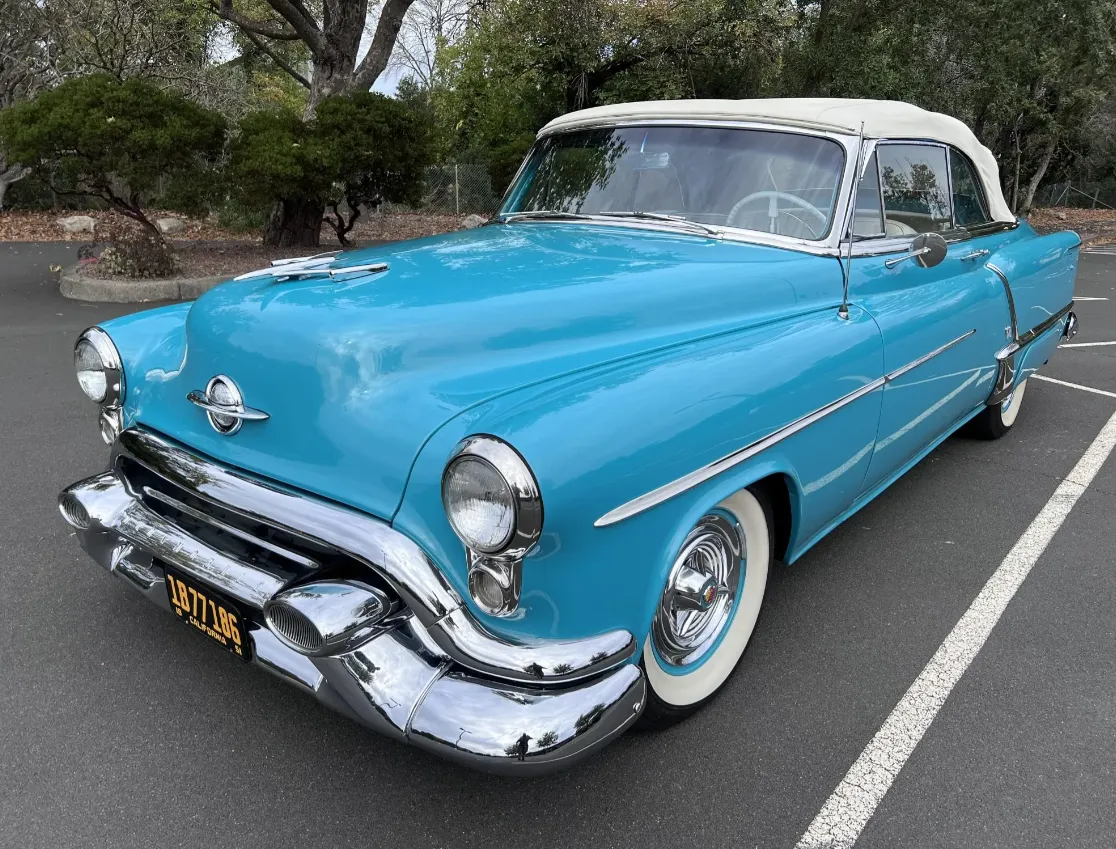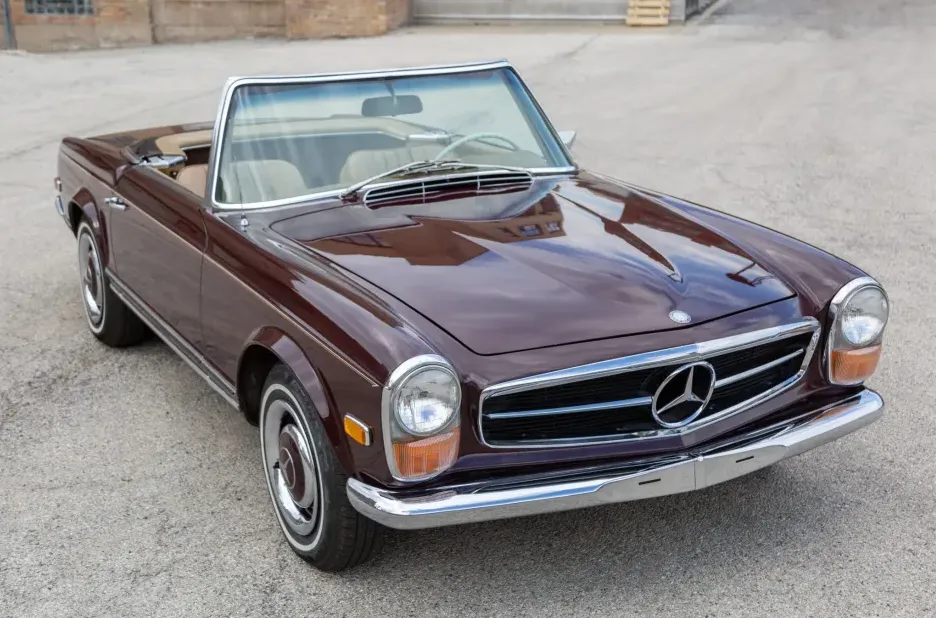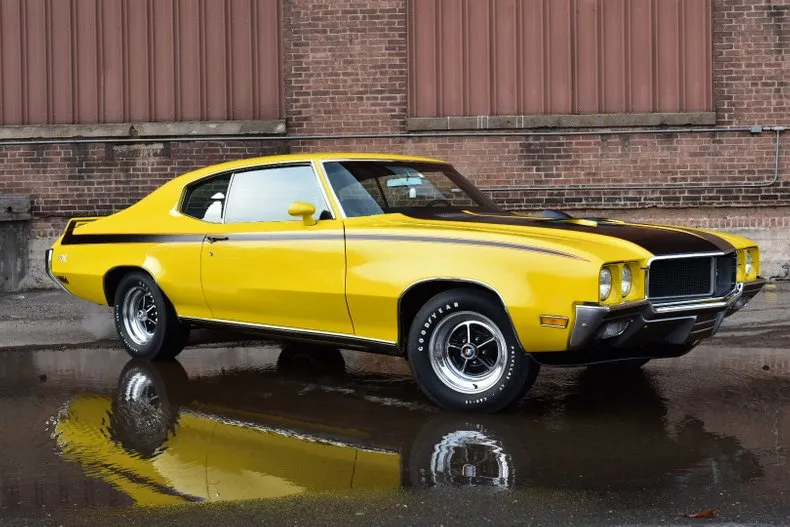The 1964 Amphicar Model 770 is a fascinating chapter in automotive history, embodying the dreams of amphibious transportation that captured imaginations during the mid-20th century. With its unique design and capabilities, the Amphicar remains an icon of versatility and engineering ingenuity.
Design and Development:The Amphicar was conceived in the late 1950s by German engineer Hans Trippel. Trippel aimed to create a vehicle that could seamlessly transition from land to water, offering a novel solution for recreational and practical use. He founded the German company, the Amphicar Corporation, to bring his vision to life.
The design of the Amphicar was relatively simple yet innovative. It featured a sleek, boat-like hull integrated into the body of a conventional car. This hybrid design allowed the Amphicar to navigate waterways like a boat while also functioning as a roadworthy vehicle.
Technical Specifications:The 1964 Amphicar Model 770, as its name suggests, boasted a top speed of 7 mph (11 km/h) on water and 70 mph (113 km/h) on land. This dual capability was made possible by its rear-mounted 1.1-liter, four-cylinder Triumph Herald engine, producing around 43 horsepower. Power was transmitted to the wheels on land and a pair of propellers in the water.

Its body featured a unibody construction, which was a rare feature for amphibious vehicles at the time. The Amphicar was also equipped with a four-speed manual transmission, allowing drivers to seamlessly switch between land and water modes.
Features and Innovations:Despite its unconventional nature, the Amphicar was designed to offer a comfortable and practical driving experience both on land and water. It came equipped with various features, including folding soft-top roofs, windshield wipers, and conventional automotive controls.
One of the most notable features of the Amphicar was its ability to drive straight into the water without requiring any modifications or adjustments. This seamless transition from land to water was made possible by its integrated propellers and watertight body seals.

Performance and Handling:While the Amphicar was not designed for high-speed performance, it offered a unique and enjoyable driving experience both on land and water. On the road, it handled much like a typical small car of its era, with responsive steering and a relatively smooth ride.
In the water, the Amphicar behaved more like a boat, with its speed and maneuverability dictated by the operation of its propellers. While it was not particularly fast compared to dedicated watercraft, it offered sufficient power and control for leisurely cruising on lakes, rivers, and calm coastal waters.
Popularity and Cultural Impact:Despite its relatively short production run from 1961 to 1968, the Amphicar captured the public's imagination and became a cultural icon of the 1960s. Its novelty factor and unique capabilities made it a favorite among celebrities, enthusiasts, and adventurers alike.

The Amphicar's appearance in various films, television shows, and promotional events further cemented its status as a symbol of quirky innovation. It became synonymous with the spirit of exploration and adventure, inspiring countless stories and anecdotes of amphibious escapades.
Legacy and Collectibility:Today, the Amphicar enjoys a dedicated following among collectors and enthusiasts who appreciate its unique blend of automotive and marine engineering. Despite its limited production numbers—only around 3,800 units were built—it remains relatively accessible in the collector car market.
Well-maintained examples of the Amphicar can still be found participating in car shows, maritime events, and amphibious rallies around the world. Its enduring popularity is a testament to the enduring appeal of its unconventional design and capabilities.

Challenges and Limitations:While the Amphicar was a marvel of engineering for its time, it was not without its challenges and limitations. Its dual-purpose design meant that compromises had to be made in terms of performance, handling, and reliability.
On land, the Amphicar's handling and performance were often criticized for being less than stellar compared to dedicated automobiles of the era. Its amphibious capabilities also required regular maintenance and servicing to ensure watertight seals and proper functioning of its propulsion system.
Conclusion:

The 1964 Amphicar Model 770 stands as a testament to the innovative spirit and ingenuity of its creators. With its unique blend of automotive and marine engineering, it remains an enduring symbol of versatility and adventure. While its production may have been relatively short-lived, its legacy continues to inspire fascination and admiration among collectors and enthusiasts worldwide.




























